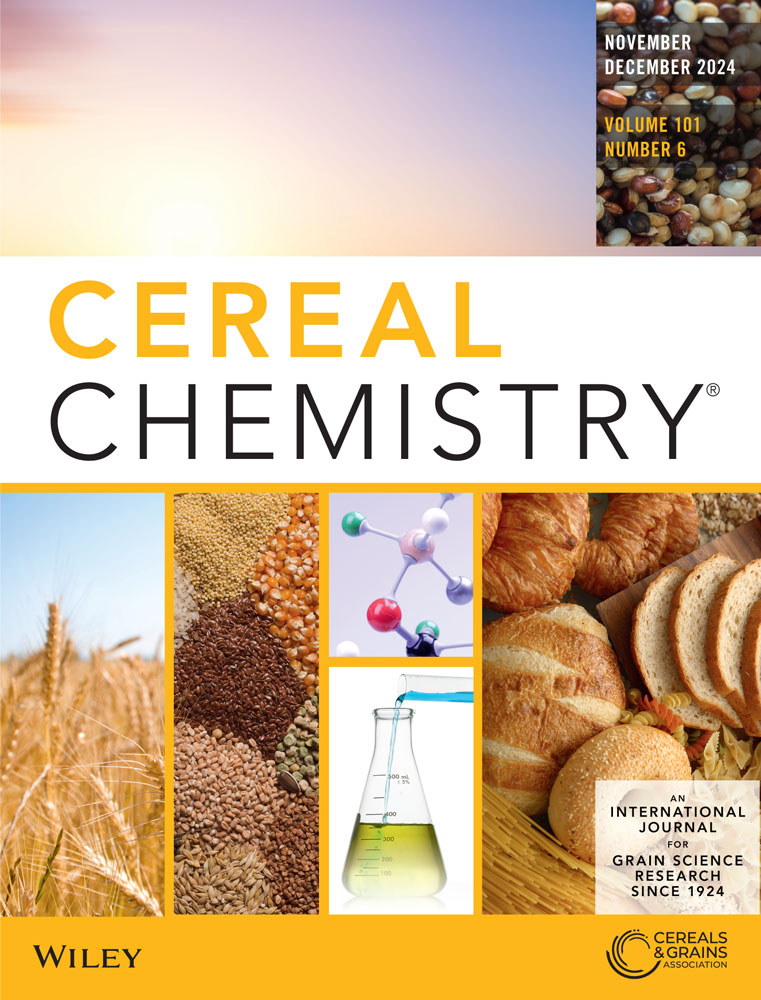Optimizing lab methods for consistent rice milling analysis
Abstract
Background and Objectives
Milling is one of the most important postharvest processes in rice production. Traditionally, the McGill #2 mill has been used for lab milling to assess rice milling performance as per the recommendation of the Federal Grain Inspection Service (FGIS). However, as the FGIS is phasing out the use of the McGill #2 mill, there is a need to recalibrate milling assessments for standardized milling evaluation across various labs. Thus, the objective of this study was to assess the milling performance of three laboratory mills (McGill #2, Satake, and Zaccaria mills) on the head rice yield (HRY), milled rice yield (MRY), and whiteness index (WI) of rice.
Findings
MRY was greater than 60%, while HRY varied between 28% and 60% over all treatments. The Satake mill demonstrated a higher MRY and is significantly different from the McGill #2 and Zaccaria mills. Similarly, the Satake mill produced the highest HRY, followed by the Zaccaria mill and the McGill #2. On the contrary, the Satake mill exhibited the lowest WI, about 0.6 and 0.9 percentage points (pp) lower than McGill #2 and the Zaccaria mill, respectively.
Conclusions
Rice cultivars and mill types had the most significant impact on the aforementioned explored variables. Among the mills, the Satake mill displayed the highest MRY and HRY but had the lowest WI. We recommend that the 0.4 SLC value associated with well-milled rice be reviewed, which could perhaps lead to more HRY and impact the economic value of rice for growers.
Significance and Novelty
This study offers insights into the milling capabilities of the evaluated mills. However, further research is necessary to understand and optimize other modern laboratory mills.


 求助内容:
求助内容: 应助结果提醒方式:
应助结果提醒方式:


